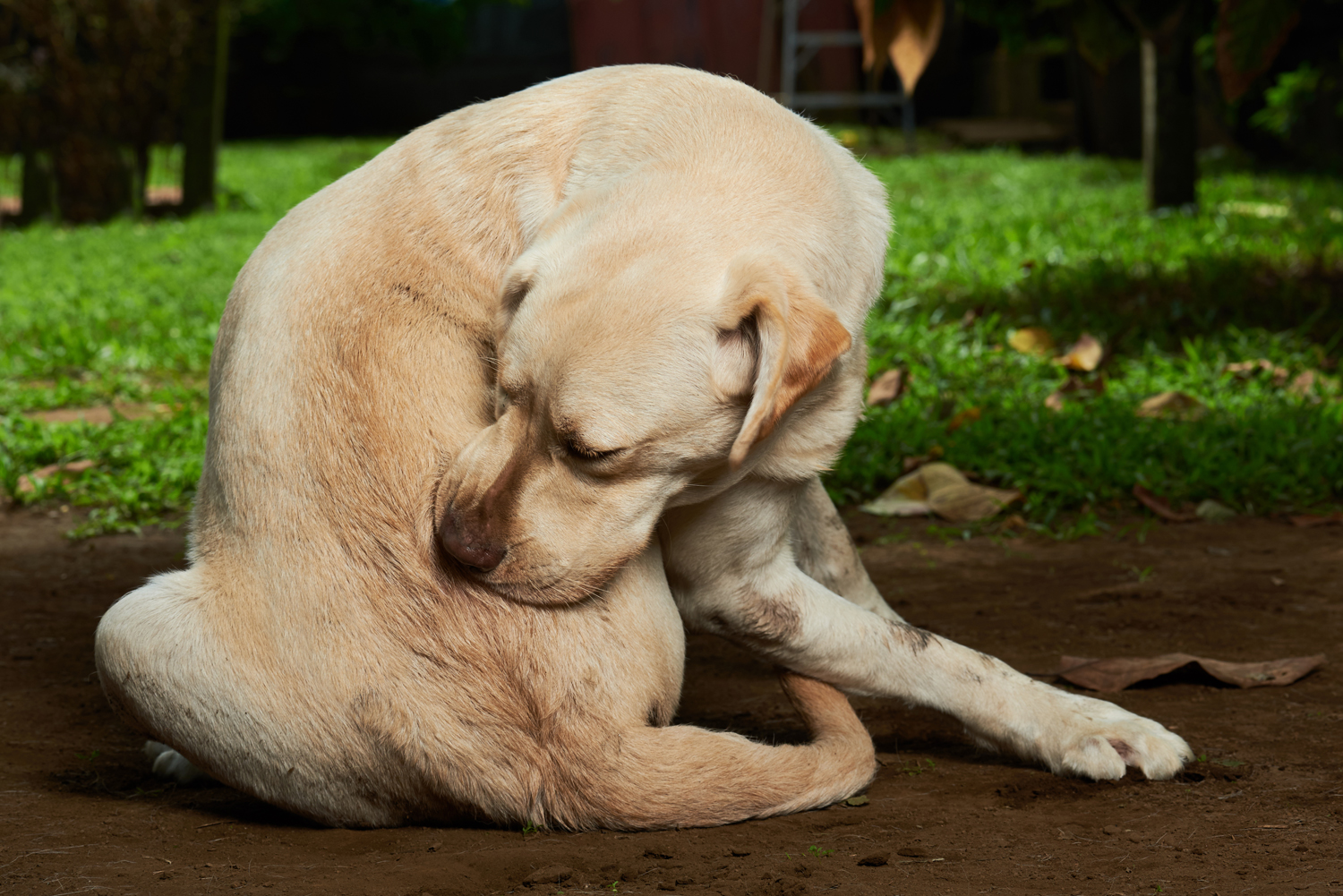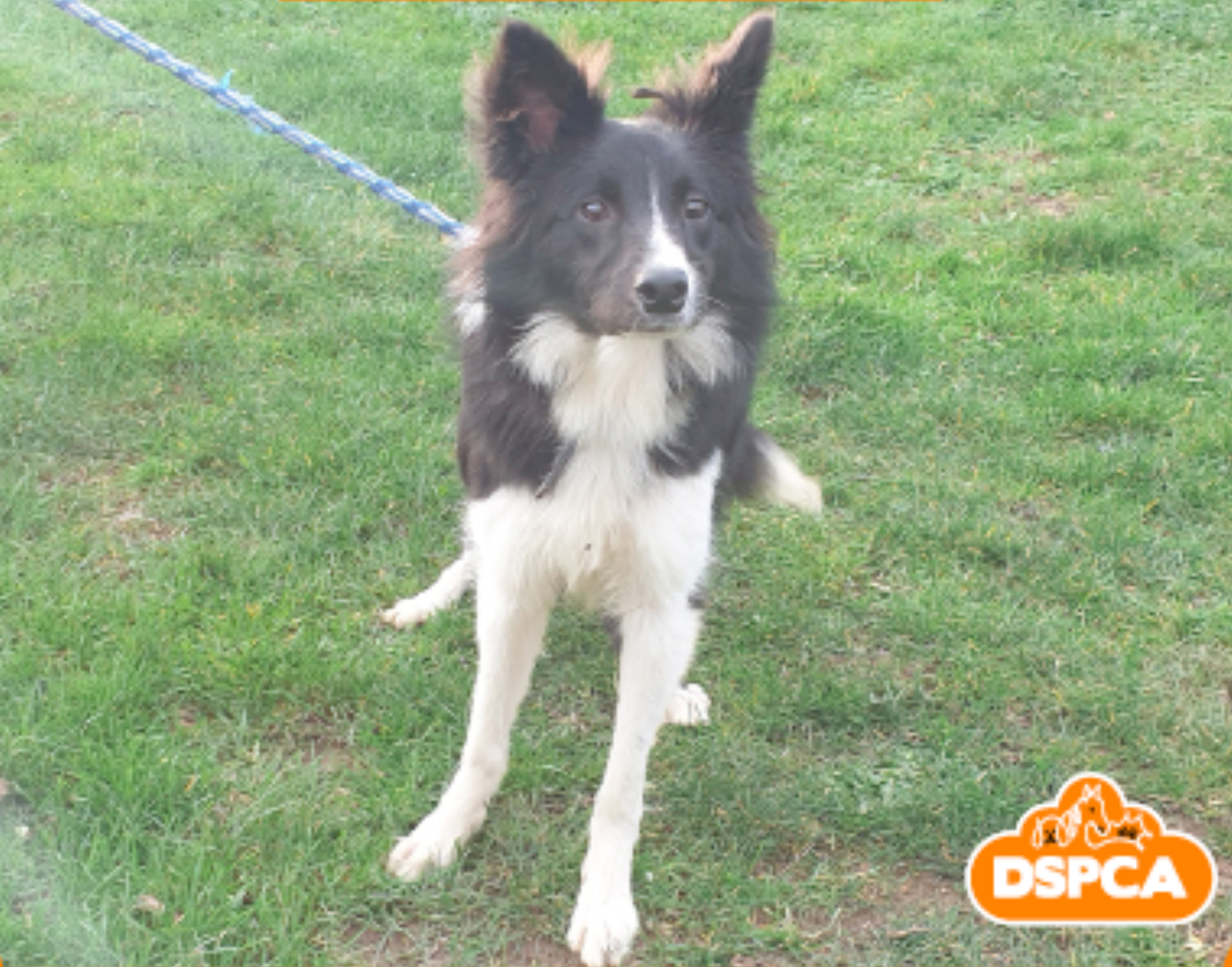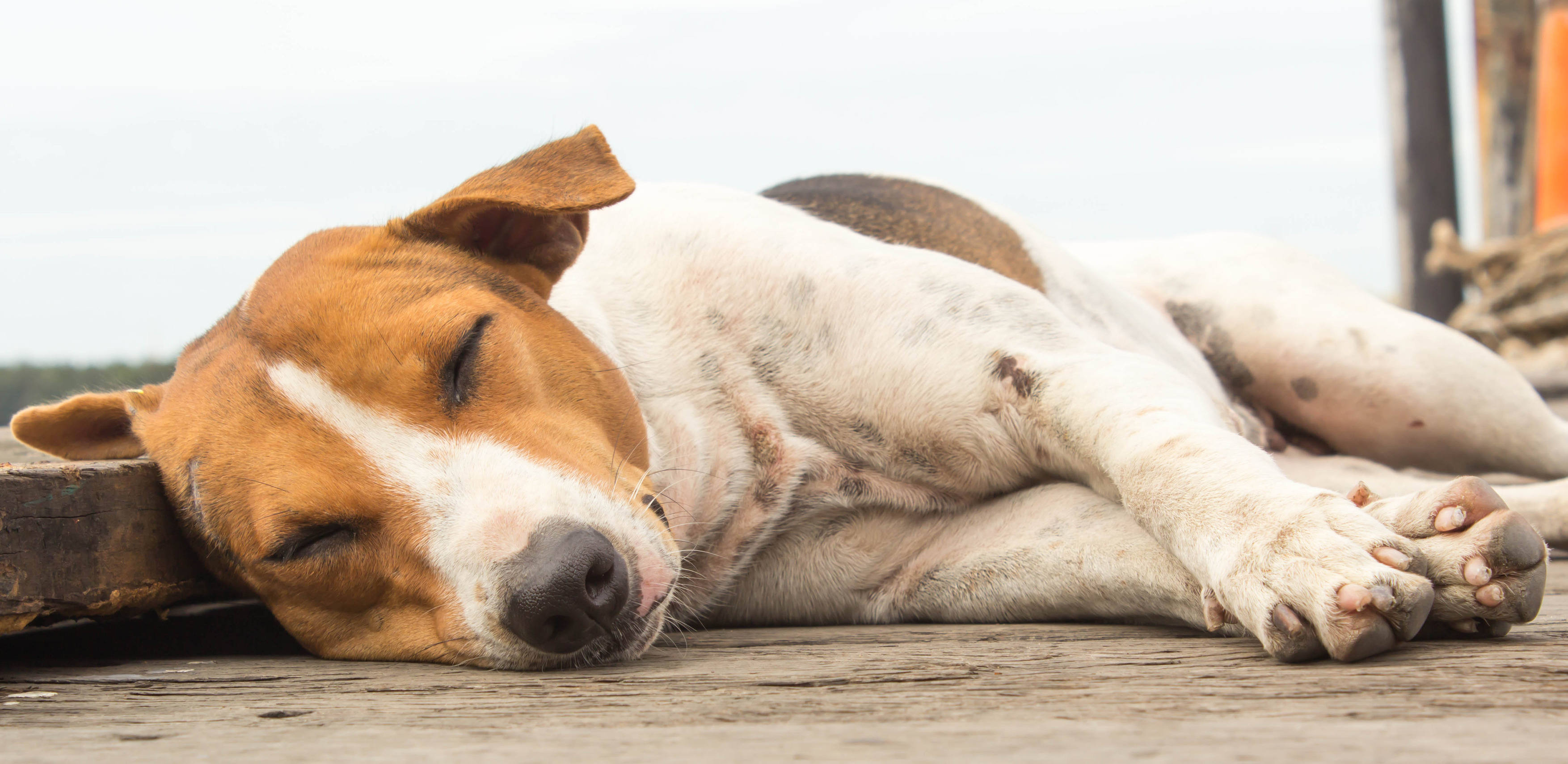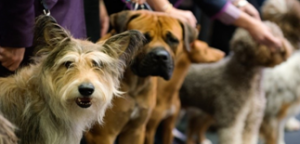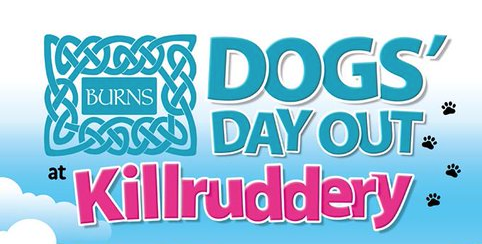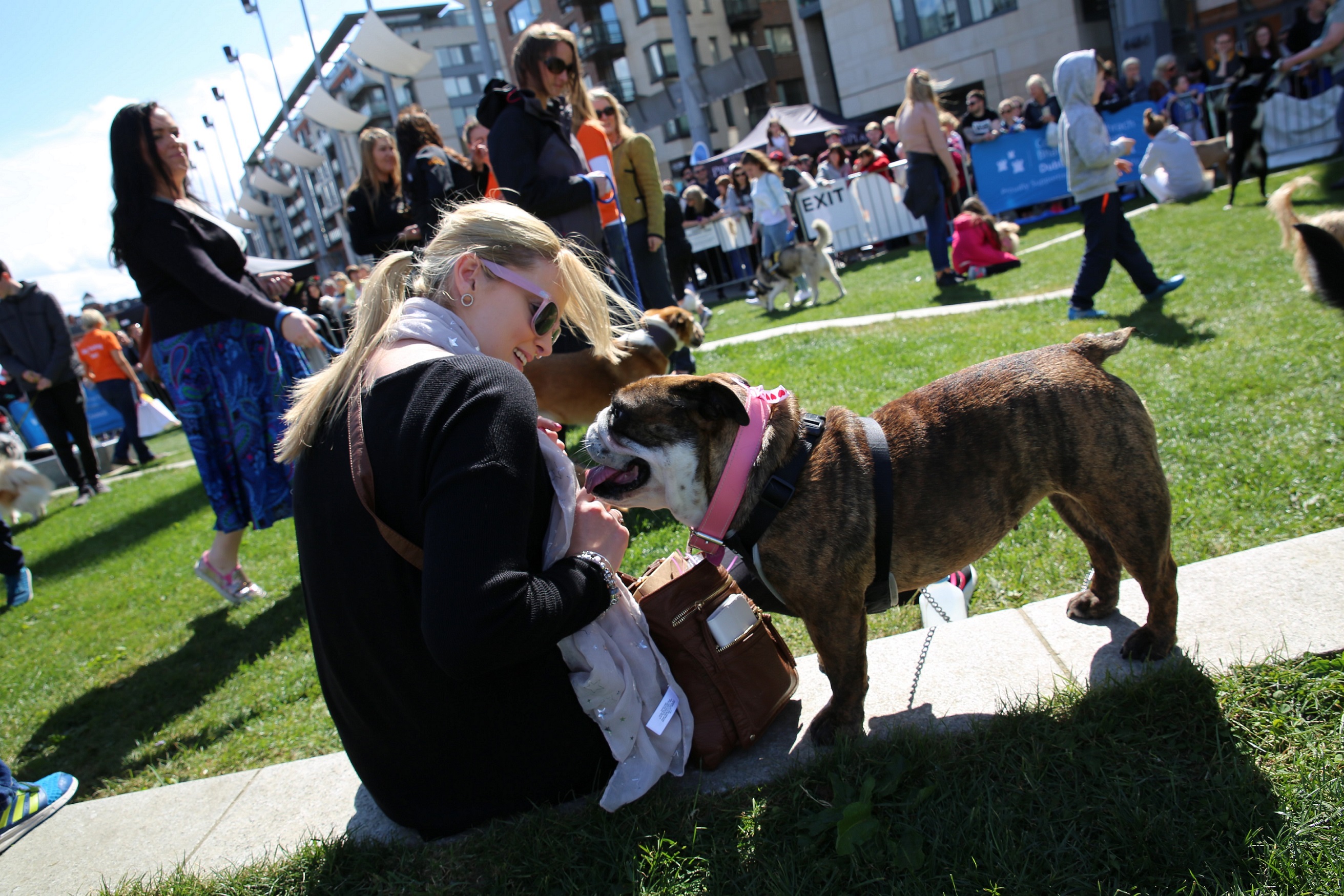How to protect your dog against ticks and fleas
Although it is impossible to completely keep ticks and fleas at bay, there are some steps you can take to help minimise their contact with your pet.
Fleas
There are a few things you can do to reduce the chances of your pet getting fleas:
- Frontline – You can use this treatment from Frontline to prevent and treat your pets against fleas. They recommend treating cats every 5 weeks and dogs every two months.
- Vacuum – One of the most overlooked areas is just vacuuming your house on a regular basis. This will reduce the number of flea eggs and larvae that are present.
- Flea shampoo – You can use flea shampoo as both a preventative measure and a cure. Bathing your pets with flea shampoo can significantly reduce the chances of infection and can go a long way to curing them of it. However, make sure you don’t do this too much as it can dry out your pets skin.
- Wash your pets bedding – It’s important to ensure all bedding, blankets or collars that your pet wears are regularly cleaned.
- Consult your veterinarian – When it comes to any treatment for your pets, always consult your vet. This will help you to understand what fleas are, what treatments are suitable for your pets and what to do in the event that your pet gets fleas.
Ticks
Dogs are very susceptible to tick bites and tick-borne diseases. Tick bites on dogs may be hard to detect. Signs of tick-borne disease may not appear for 7-21 days or longer after a tick bite, so watch your dog closely for changes in behavior or appetite if you suspect that your pet has been bitten by a tick.
To reduce the chances that a tick will transmit disease to you or your pets:
- Check your pets for ticks daily, especially after they spend time outdoors.
- If you find a tick on your dog, remove it right away.
- Ask your veterinarian to conduct a tick check at each exam.
- Talk to your veterinarian about tickborne diseases in your area.
- Reduce tick habitat in your yard.
- Talk with your veterinarian about using tick preventives on your pet.
Use a flea and tick control product
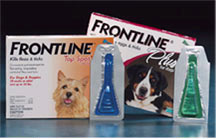 Despite your best efforts to reduce your dog's contact with ticks and fleas, you should still take measures to help protect them. Treat all dogs and cats in the household with a flea and tick control product. One untreated pet can lead to a flea infestation in the household. Flea and tick control products can help protect your dog from unexpected flea and tick sources by killing adult fleas, eggs and larvae, and all stages of ticks.
Despite your best efforts to reduce your dog's contact with ticks and fleas, you should still take measures to help protect them. Treat all dogs and cats in the household with a flea and tick control product. One untreated pet can lead to a flea infestation in the household. Flea and tick control products can help protect your dog from unexpected flea and tick sources by killing adult fleas, eggs and larvae, and all stages of ticks.
Once-a-month topical insecticides are the most commonly used flea prevention products on the market. They are applied to a small area on your pet's back, are probably the easiest product to use, and generally last the longest. Some kill fleas and ticks, and others just kill fleas, so check the label carefully. Ingredients generally include permethrin, fipronil, imidacloprid, pyriproxyfen, spinosad, metaflumizone, and selamectin.
This is the method we use with Baxter, applying the dose to an area of skin at the back of his neck, where he is unlikely to reach it should he feel the need to scratch an itch.
Consistency is key to maintaining adequate protection. Even one missed dose of your dog's monthly flea and tick control can set the stage for a flea infestation that takes months to resolve, or put your pet at greater risk of exposure to a tick borne disease. So it is important that you treat your pet and continue monthly applications throughout the rest of the year or as directed by your vet.
On meeting Sam for the first time
When we met Sam for the first time, we were still grieving over the loss of our dear Baxter.
Life without Baxter has been awful. So when we saw this beautiful little boy on the DSPCA website last week, we just had to go and meet him.
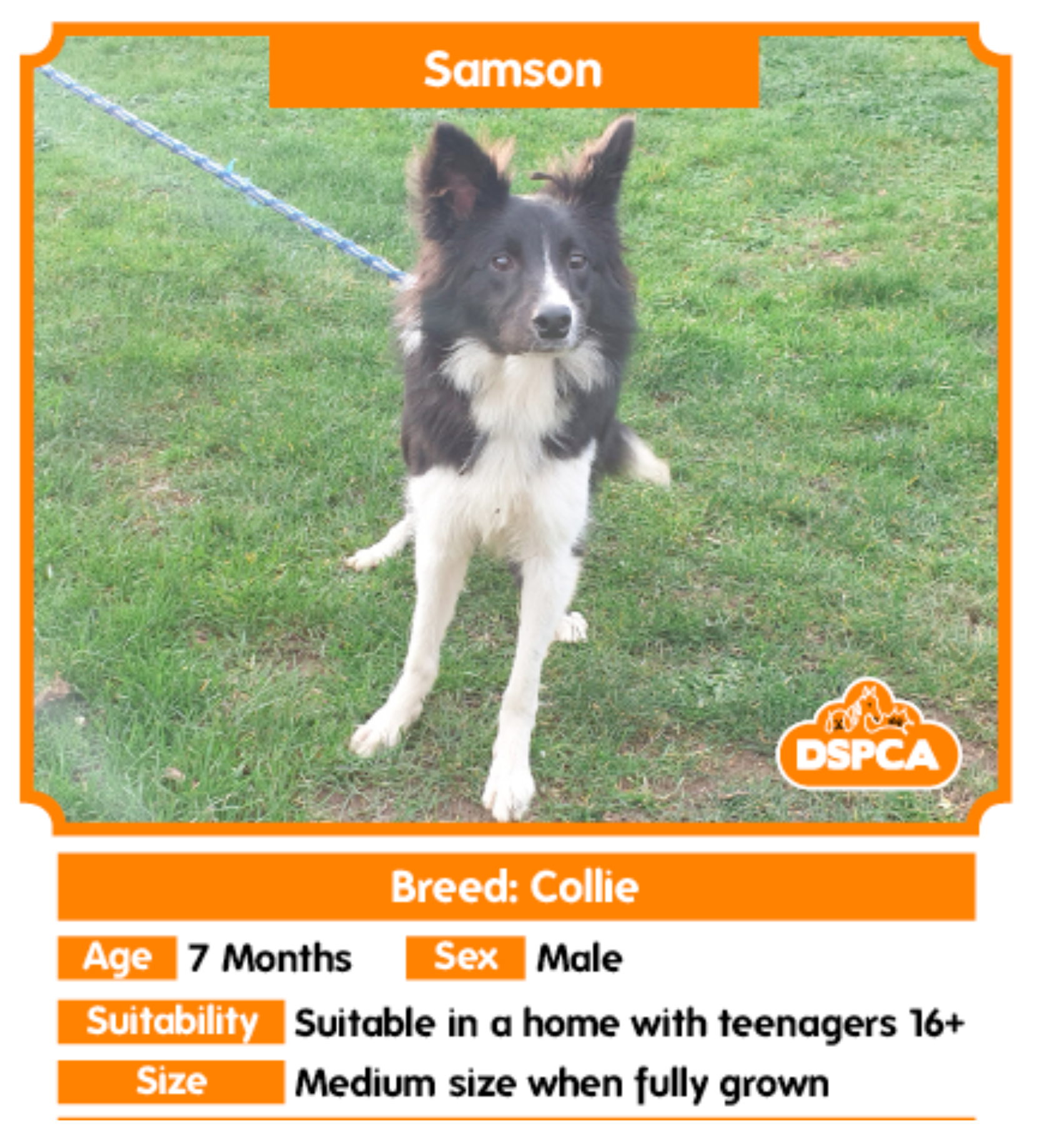 He needed a little coaxing to come out of his kennel and he was very nervous around us. But with patience, the assistance of one of the dog trainers and a handful of treats, he eventually came out to see us.
He needed a little coaxing to come out of his kennel and he was very nervous around us. But with patience, the assistance of one of the dog trainers and a handful of treats, he eventually came out to see us.
The trainer told us he had been brought to the DSPCA by a concerned family member who was worried he wasn't being looked after properly.
Though he barked, his talk wagged and we were told that with patience and love, he would settle into a loyal and loving dog.
So we took him for a walk around DSPCA campus. Or rather, he took us for a walk, and in spite of his nervousness, he has won our hearts.
How to help your dog through firework season
October 18, 2018Articlesfireworks
Baxter, like most dogs, finds this time of year a period of intense emotional stress brought about by the flashes and loud noises associated with fireworks.
So, we would like to share with you some of the excellent advice we received on a recent visit to the vet.
Minimizing the effect of fireworks
Up until recently, the only way of medically trying to help dogs was by the use of sedatives. However, our vet tells us that sedatives provide little if any benefit and may actually compound what is an already stressful situation.
In order to minimize the effect of fireworks on your pet, try the following advice.
- Avoid exercising your dog after dark, as this is the peak activity for fireworks.
- Ensure all curtains in the area where your pet stays are pulled shut in order to block out the flashes from fireworks.
- Turn on the radio in the room playing music at an appropriate volume so as to reduce the impact of the explosions from fireworks.
- Try no to offer sympathy to your pet. This is very hard to do, but offer sympathy may be interpreted by your dog as legitimizing their phobia.
- Do not scold or punish your dog if it shows signs of fear or anxiety.
- Provide a 'sanctuary' for your pet - a designated area where you can follow steps 2 & 3, preferably an area where your pet prefers to hide when stressed. Feed the pet in this area. The pet will recognize this area as a place of reassurance and comfort where they are less stressed by the fireworks.
Pheromone Diffusers
Our vet also suggests using a pheromone diffuser in the 'sanctuary' area. A pheromone diffuser is a plug-in diffuser similar to the room deodorants commonly used in the home. It releases into the atmosphere of the room a tiny amount of the product similar to a natural chemical produced by the bitch while feeding her pups. This has been shown to reduce anxiety, to change the way pets perceive unfamiliar environmental stimuli and to enhance social interaction.
The diffuser should be plugged in at the same height at the pet and should not be positioned behind furniture. Ideally, it should be plugged in 2 weeks in advance of the event. It should be left plugged in 24 hours a day and never unplugged, even for part of the day.
If you have any concerns about your pet during firework season, please contact your vet.
DSPCA Summer PetFest
WHAT: DSPCA Summer PetFest
WHEN: Saturday 16th June 2018
TIME: 12.00 to 4.00pm
WHERE: DSPCA, Mount Venus Road, Rathfarnham, Dublin 16
ADMISSION: Adults €5. Kids and dogs FREE!
This year's DSPCA Summer PetFest looks like it will be great a day out for dogs and their humans!
The day's events include:
- Dog Agility
- Face Painting
- Bouncy Castles
- Adoption Parade
- Scrufts Dog Show
- Food Stalls
- and lots more...
See you there!
Shrule & District Vintage Club Dog Show, Glencorrib, Shrule, Co. Mayo
May 29, 2018What's Ondog shows
WHAT: Dog Show
WHEN: Sunday 10th June 2018
TIME: 12 noon
WHERE: Glencorrib, Shrule, County Mayo
ADMISSION: €5 per class per dog (plus €10 per person into the Vintage Show)
This year's Shrule & District Vintage Club Dog Show promises to be great fun.
Registration begins at 11.00 am. Show starts at 12 noon.
There will be seven serious classes:
- Puppy
- Toy
- Pastoral
- Mixed Breeds
- Utility
- Working
- Gun (including hounds)
There will be five fun classes:
- Best girl handling
- Best boy handling
- Best woman handling
- Best man handling
- Dogs you would like to take home
Finale will include Best of Show (1st of all the above classes) and Reserve of Show.
Entry to the Dog Show costs:
- €5 per class per dog
- €12 for three classes
- €15 for four classes
Please note, there is also a €10 entry fee per person to the Vintage Show.
For further information, please check the Shrule & District Vintage Club website: shrulevintage.ie
Dogs Day Out at Kilruddery House, Co. Wicklow
WHAT: Dogs' Day Out
WHEN: Sunday 6th May 2018
TIME: 10.00am to 4.00pm
WHERE: Kilruddery House, Southern Cross, Bray, County Wicklow
ADMISSION: FREE!
This year's Dogs' Day Out at Kilruddery House in Bray, Co. Wicklow, promises to be great a day out for dogs and their humans!
Events include:
- Free training tips and advice from Wonder Paws
- Doggy agility
- Farmer's Market
- Raffle
- Bespoke nutrition advice
- Fun Dog Show (€2 per dog, for each class entered)

Pets in the City: A Paws-itively fun day out for the entire family
WHAT: Pets in the City
WHEN: Sunday 29th April 2018
TIME: 11.30am to 4.30pm
WHERE: Smithfield Square, Dublin 7
ADMISSION: FREE!
Dublin’s best animal-friendly, family event, Pets in the City, is back on Smithfield Square this year. Brought to you by Dublin City Council and supported by the DSPCA and King of Paws, this event will take over Smithfield Square on Sunday, 29th April, creating a great day out for families and furry-friends!
A free event in the centre of Dublin, the day promises to be a pawsome opportunity for animal lovers to enjoy a wide range of activities, stalls and live entertainment. Visitors are invited to bring their own four-legged friend and take part in the DSPCA King of Paws Dog Agility Workshops and Scruffs Dog Show!
A range of stalls will offer pet lovers great deals on a variety of pet accessories, grooming products, toys and novelty items. The DSPCA will be on hand to provide vital services such as micro-chipping and pet health advice. Pets in the City is more than just cats and dogs, with an exotic animal area, reptile corner and animal farm on site for visitors to interact with and learn about so many different animals.
Pets in the City is brought to you by Dublin City Council and is supported by the DSPCA and King of Paws.
For more information visit www.petsinthecity.ie
O'Briensbridge Parteen Weir loop walk, Co. Clare
April 19, 2018Dog friendly walks
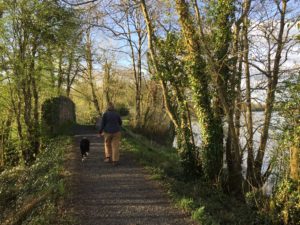
A moderate walk
Distance: 5km
Estimated time: 1.5 hrs
Terrain: Flat, firm terrain with riverside paths and canal banks.
O'Brien's Bridge or O'Briensbridge is a village in east County Clare, Ireland, on the west bank of the River Shannon. It is named for the bridge across the Shannon at that point, built by Turlough O'Brien in 1506.
The short 5km loop is marked with green arrows and travels upstream along the Shannon to the Parteen Weir Hydro Dam before returning to O'Briensbridge via the Headrace Canal.
The loop is part of the network of National Looped Walks and is marked in both directions using the standard National Looped Walk directional arrows.
The loop starts and finishes at the trailhead which is located on the bank of the river Shannon at the Riverside Park in the village of O'Briensbridge, approximately 14km from Limerick City and just off the R463.
The trailhead car park is located close to a variety of local shops, pubs, restaurants and guest accommodation.
A Heritage Guide to the walk is available to download from http://obriensbridge.com.
How to take professional-looking pet portraits
September 10, 2017Articlespets,dogs,animals,photography,pet portraits
We all like to photograph our pets and taking professional-looking portraits does not need to be as complicated as we think. Although it does take time and patience, it does not necessarily need a lot of expensive equipment.
Over the next few weeks, I'll be posting a series of lessons on how to photograph pets. Each one will look at a different aspect of pet photography. Here's an idea of what's to come:
Part 1: Photographic Equipment - selecting a camera; using auto and manual focus; lighting and accessories.
Part 2: Animal Behaviour - understanding animal behaviour; personal space/fear circle of pets; techniques to use and avoid during a photographic session.
Part 3: Natural Portraits - controlling natural light using fill-flash and reflectors.
Part 4: Studio Portraits - selecting suitable backgrounds; basic lighting set-ups; importance of eye contact.
Part 5: Action Portraits - photographing animals in motion; shutter speeds; background details.
Part 6: Digital Imaging Editing and Printing - basic image editing; printing your images.
I will also be posting some photographic exercises for you to try yourself.
The art of any form of portrait photography is to capture the character and personality of your subject. So you will need to encourage your pet to relax and behave naturally in front of the camera. Sessions should be kept short, because animals get bored quickly and once that happens you will have to put the camera away until another day. Also, as you cannot ask your pet to say 'cheese', you will have to resort to other ways and means to encourage them to 'smile' for the camera. But, above all, whatever approach you adopt when photographing your pet remember their safety and welfare must always come first.
The aim of this series is to give you, as a pet owner, the inspiration and knowledge to take stunning photographs of your pet, however inexperienced a photographer you are.
Family Pet Expo - 4th & 5th November 2017
Ireland's Family Pet Expo are delighted to annouce our next event will be held on November 4th & 5th at The National Show Centre in Cloghran, Dublin, 1 Minute from Dublin Airport.
As always it will be the pet event of the year attended by 1000's of pet lovers, we will have 100's of trade stands and fantastic entertainment for your family and pets!
There will be free parking and tickets are only €10 per adult, €5.00 per child (2 to 16) and €25 for a family ticket.
Tickets can be purchased at the door.

